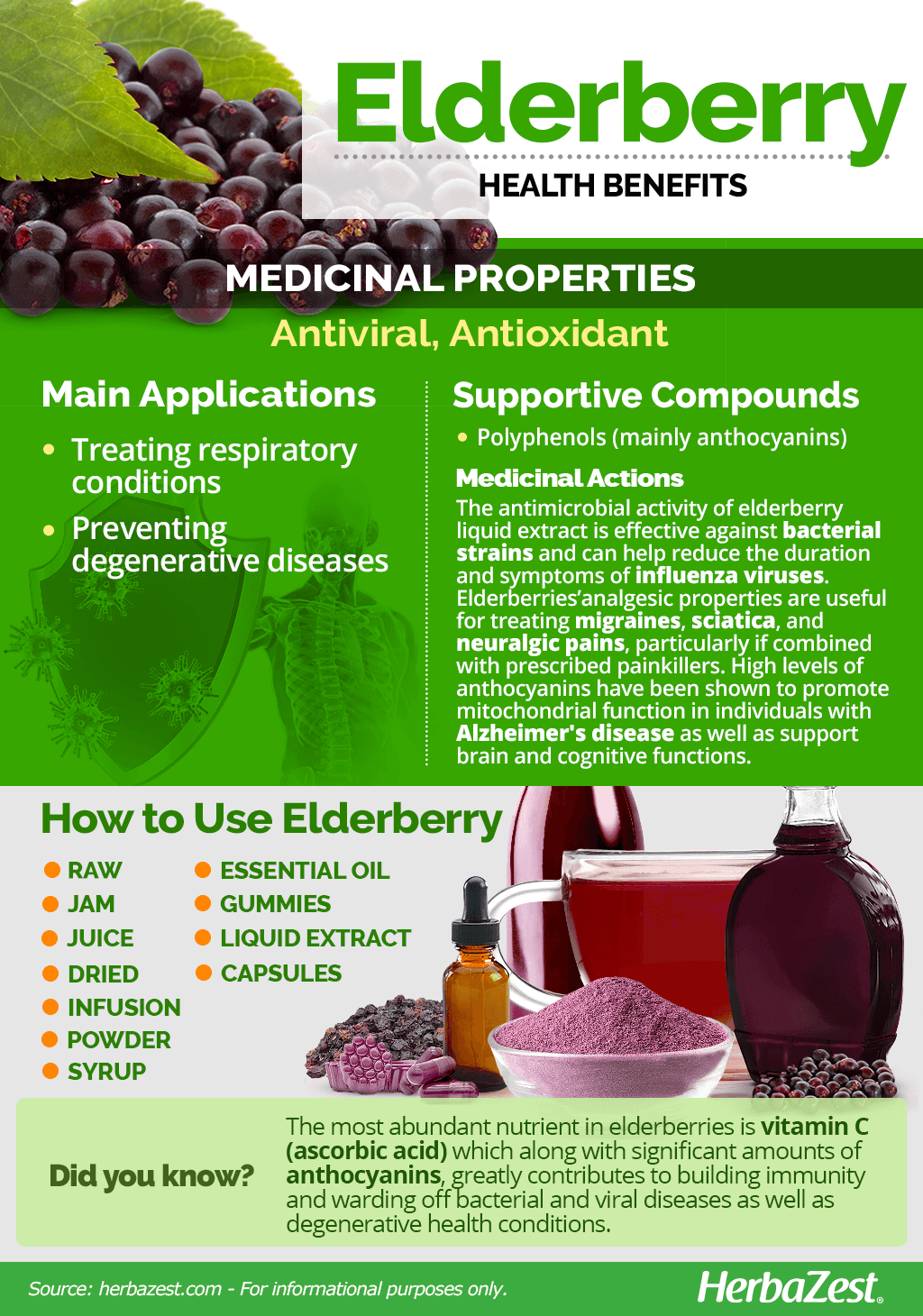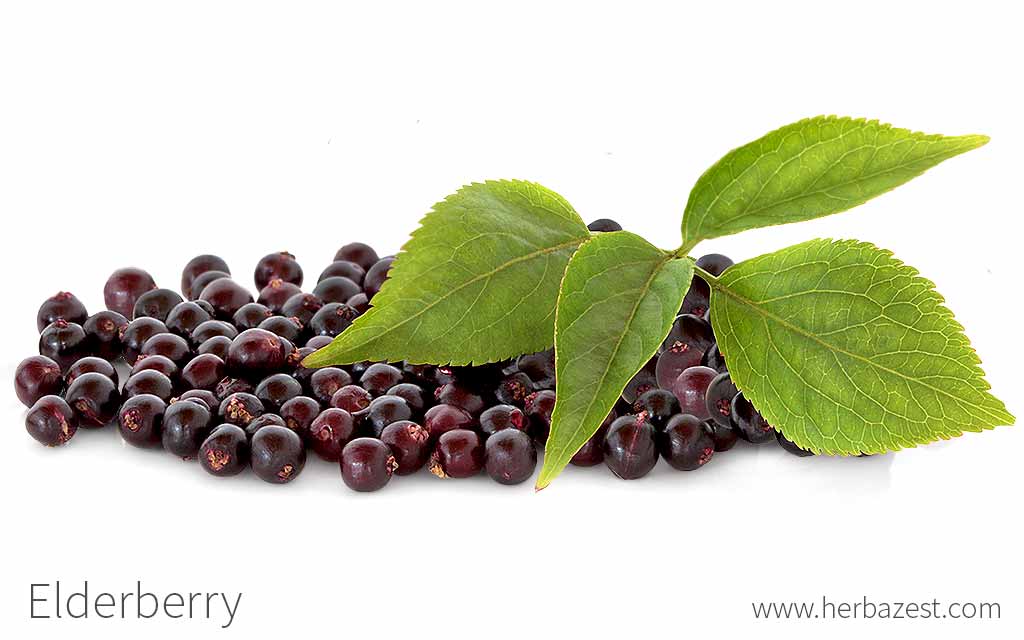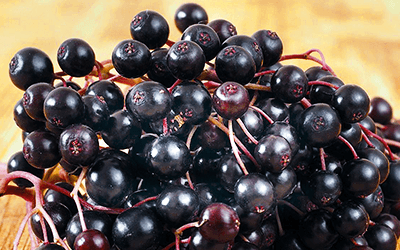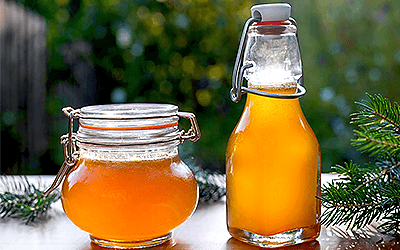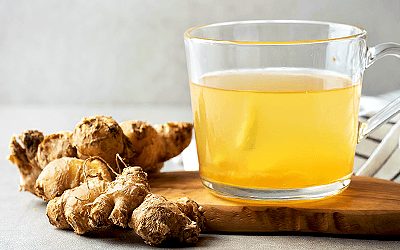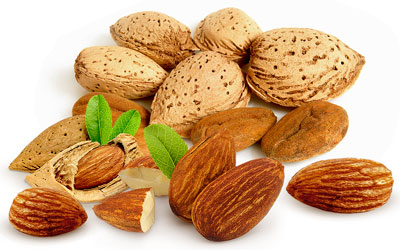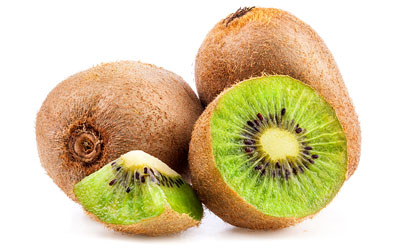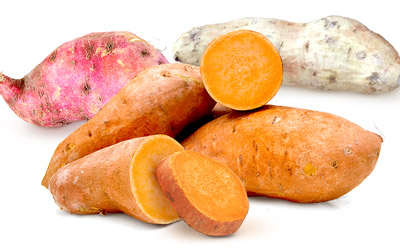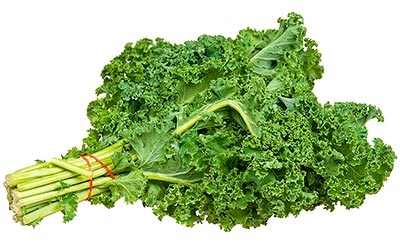The elderberry or elder tree is indigenous to Europe and North America, but widely distributed throughout North Africa. Some species can be even found in the Himalayas. Elderberries as well as the leaves, bark, and roots of the elder tree have been used since ancient times as a source of both nutrition and medicinal benefits.
Elderberry Medicinal Properties
Health Benefits of Elderberry
Elderberries have been popular since prehistorical times for their great flavor and medicinal properties. Their alleged health benefits have been extensively studied, and modern science has corroborated that these flavorful berries are useful mainly for:
Treating respiratory conditions. Elderberry has shown to be effective for alleviating symptoms of asthma, bronchitis, sinusitis, influenza, and colds.
Preventing degenerative diseases. Scientific research suggests that elderberry might be helpful to prevent chronic and degenerative health conditions, including dementia, diabetes, cardiovascular disease (CVD), liver disease, and obesity.
Additionally, elderberry is thought to possess both diuretic and diaphoretic properties and has been popularly used to reduce edema, swelling, and fever.
DUE TO ITS MANY USES, ELDERBERRY HAS BEEN DEEMED "THE MEDICINE CHEST FOR THE PEOPLE."
How It Works
The main bioactive compounds of elderberry are polyphenols, mostly anthocyanins, flavanones, flavanols, flavonols, and hydroxycinnamic acids.
The antimicrobial activity of elderberry liquid extract has been used with positive results against bacterial strains such as Streptococcus pyogenes, Branhamella catarrhalis, and Group G Streptococci in in vitro experiments. This herbal concoction has also shown inhibitory effects on the duration and symptoms of influenza viruses.1,2
Elderberries have also shown a moderate analgesic effect against migraine, sciatica, and neuralgic pains, and it has been suggested that they might be useful when combined with prescription painkillers.3
The antioxidant properties of elderberries are strongly correlated to their anthocyanins' content, which have been shown to enhance mitochondrial function in individuals with Alzheimer's disease. These promising results add up to a vast body of knowledge about the use of berries in general, but particularly for brain and cognitive function.4
Other herbs with strong antimicrobial properties, traditionally used for treating respiratory conditions, are echinacea, calendula, and eucalyptus, whereas blackcurrant, blackberry and ginkgo are well-known antioxidants and cognitive enhancers.
Elderberry Cautions
Elderberry is considered generally safe to consume in both culinary and medicinal forms. However, fresh elderberries, especially the unripe ones, can be toxic because of their high concentration of irritant triterpenoids, resins, lectins, and cyanogenic glycosides. Additionally, the active alkaloids in elderberry plants are hydrocyanic acid and sambucine, both of which can cause nausea; however, cooking elderberries safely eliminates these toxins. When consumed in large doses, the juice of elderberries can cause diarrhea.
In addition, since they are believed to stimulate the immune system, elderberries are contraindicated for people with chronic autoimmune diseases, such as lupus and rheumatoid arthritis.
- Medicinal action Antiviral, Antioxidant
- Key constituents Polyphenols (mainly anthocyanins)
- Ways to use Capsules, Hot infusions/tisanes, Liquid extracts, Food, Juiced, Tincture, Powder, Syrup, Essential oil, Dried
- Medicinal rating (3) Reasonably useful plant
- Safety ranking Safe

Elderberry Nutrition
Elderberries are particularly rich in dietary fiber, but also provide a wide range of nutrients, such as carbohydrates, proteins, minerals, and vitamins.
The berries are also well-known for having high amounts of antioxidant compounds, with their most abundant nutrient being vitamin C (ascorbic acid). The presence of vitamin C, along with significant amounts of anthocyanins, greatly contributes to building immunity and warding off bacterial and viral diseases as well as degenerative conditions. Additionally, vitamin C is essential for preventing anemia by aiding iron absorption. It also contributes to strengthening bones as well as preserving muscle mass in older adults. Vitamin C plays a key role in the biosynthesis of collagen and carnitine, both necessary for skin elasticity and bringing energy to the muscles.5
Elderberries also provide good levels of vitamin B6 (pyridoxine), which is key for regulating metabolic functions, such as the breakdown of proteins, carbohydrates, and fats as well as maintaining normal levels of homocysteine (which can cause heart problems if elevated), supporting immune function, and promoting brain health.6 Other B-complex vitamins are also provided in fair amounts by elderberries, along with vitamin A.
Essential minerals are also present in good amounts in ripe elderberries, namely iron, potassium, and copper, along with small quantities of calcium, magnesium, phosphorus, and zinc.
100 GRAMS OF RIPE ELDERBERRIES PROVIDE 73 CALORIES, WHICH ARE MAINLY COMPOSED OF DIETARY FIBER (28% DV) AND CARBOHYDRATES (6% DV).
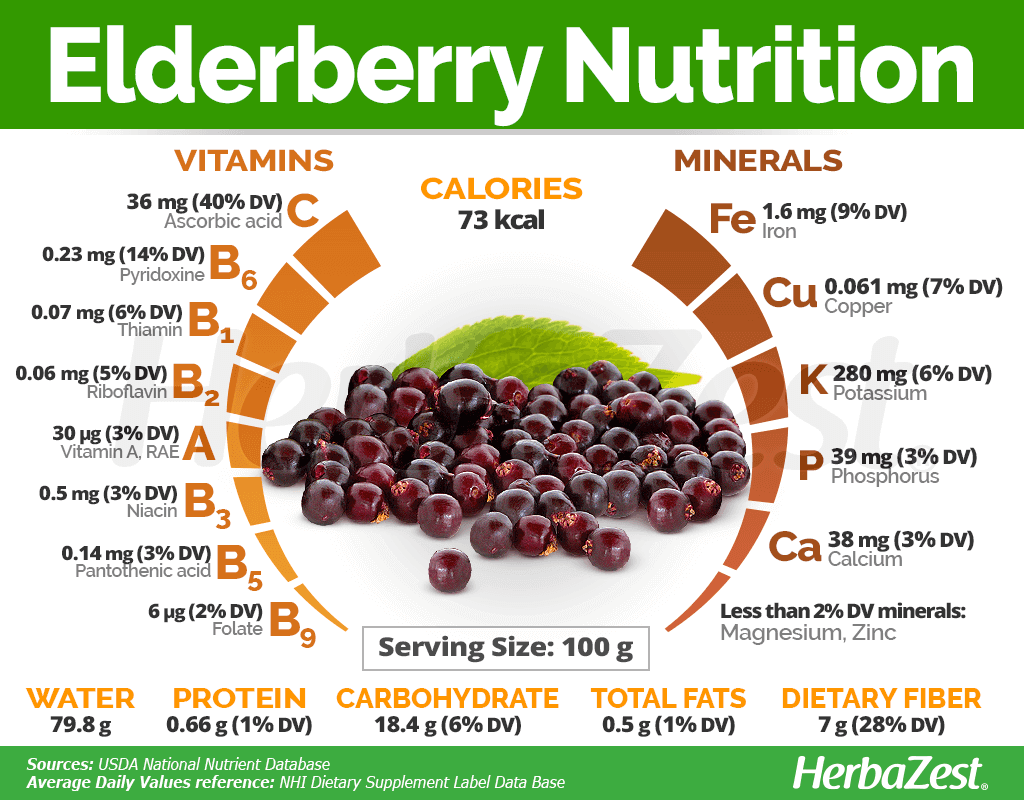
How to Consume Elderberry
Natural forms
Fresh. Once ripe, elderberries can be consumed raw like any other berry and are full of antioxidants and essential nutrients.
Jam. Berries are widely preferred for homemade jams, and elderberries are no exception. Rich in anthocyanins, black elderberries preserve their antioxidant qualities in this form and have a longer shelf life.
Juice. The antioxidant power of elderberries, along with good amounts of essential vitamins and minerals, can be obtained from freshly extracted juice.
Dried. Minerals and polyphenols are well preserved and concentrated in dried elderberries, which can be taken as a nutritious snack and reduce food cravings between meals.
Infusion. Elderberry flowers' petals are edible, and they can make a fragrant, tasty tea.
Powder. In those areas where fresh elderberries are not available or aren't in season, the powder can be a great way to obtain the bioactive compounds and nutrients of this fruit. It can be mixed with juices, shakes, and smoothies.
ELDERBERRY'S FLOWER CAN BE DIPPED IN BATTER AND FRIED, ADDING AN AROMATIC FLAVOR AND LIGHTNESS TO PANCAKES OR FRITTERS.
Herbal Remedies & Supplements
Liquid extract. It is one of the most common ways to consume elderberry. Obtained from the fruits, elderberry extract is often used to alleviate respiratory ailments as well as to shorten and prevent colds.
Syrup. This is one of the oldest forms of consuming elderberry, usually for reducing the symptoms of respiratory illnesses, but also as a preventative tonic to promote immunity against viruses and bacterial infections.
Essential oil. Extracted from elderberry's fruit and flowers, it is rich in anthocyanins and consumed to alleviate respiratory conditions, both viral and bacterial. It can also be used topically for treating allergies, eczema, inflammation, and muscle tension.
Capsules. This is a very common and practical way to obtain the great antioxidant benefits of elderberry for brain function and general health. Capsules come in standardizes doses, are easy to swallow, and can be carried around.
Gummies. For people who experience difficulties swallowing pills as well as children, gummies are a flavorful and easy way to take advantage of elderberry's medicinal properties.
ELDERBERRY IS OFTEN FOUND IN SUPPLEMENTS MIXED WITH OTHER IMMUNITY-BOOSTING HERBS, SUCH AS ECHINACEA.
- Edible parts Flowers, Fruit
- Edible uses Beverage
- Taste Sweet
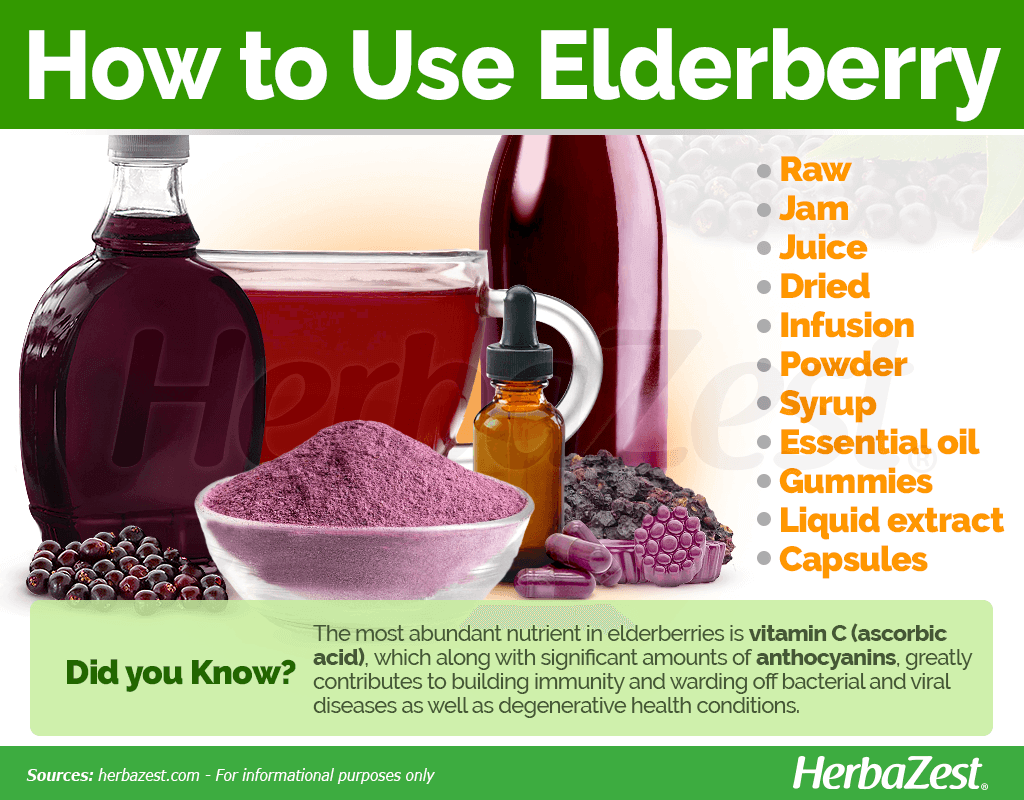
Growing
The elderberry or elder is a small perennial tree or shrub that thrives in temperate climates. In North America, it grows along roadsides and rivers. Thanks to its beautiful foliage and fragrant flowers as well as its delicious and medicinal berries, elderberry can make a great ornamental in any garden, given the right conditions of soil, weather, sunlight, and proper care.
Growing Guidelines
Elderberry or elder trees grow best in rich, moist soil, with a pH of 5.5-6.5, and it can thrive with full sun or partial shade.
Elder trees are propagated through cuttings, which must develop roots before planting.
It is recommendable to amend the site with compost or aged manure. Bed preparation includes adding ground limestone, phosphorus, potassium, and organic matter early in the fall, before planting at the beginning of spring, when the seedlings have the best rate of success.
Elderberries are planted in single rows. The distance between bushes in the row is between 4.9 and 8.2 ft (1.5-2.5 m).
Young elder trees need to be regularly watered until they are well established. They reach full production after 3-4 years.
While elderberries are relatively hardy in their native areas, they may be susceptible to some pests and diseases, like spotted wing drosophila (SWD) and tomato ringspot virus.
Birds, squirrels, and other rodents as well as several kinds of browsers also feed on the fruit or foliage of elderberry. Bears love to eat the elderberry fruits while deer, elk, and moose browse on the stems and foliage.
- Life cycle Perennial
- Harvested parts Flowers, Fruit
- Light requirements Full sun, Partial shade
- Soil Medium (loam), Well-drained
- Soil pH 5.6 – 6.0 (Moderately acidic), 6.1 – 6.5 (Slightly acidic)
- Growing habitat Cool temperate regions, Temperate climates
- Planting time Early spring
- Plant spacing average 2 m (6.56 ft)
- Growing time 3 to 4 years
- Propagation techniques Cuttings
- Potential diseases Mildew
Additional Information
Plant Biology
The common elderberry or elder tree (Sambucus spp.) can reach 9.8 to 14.8 ft (3-4.5 m), depending on the variety. Both American and European elderberries have a shruby appearance, with many straight canes growing closer together from the base where numerous branches arise.
Elderberries start green and oval shaped, gradually changing their color to red and purplish black or deep blue over the course of 6 to 8 weeks (July to September in their native areas) and becoming perfectly rounded, with a glossy exterior. Individually, an elderberry diameter is between 5 to 6.5 mm, containing 3 to 5 oval-shaped seeds. After 20 or 30 years, elderberry bushes stop producing new branches from their base, adopting a treelike shape.
Classification
The genus Sambucus belongs to the Adoxaceae family (formerly Caprifoliaceae), which comprises 7 genera and about 450 species of trees and vines, most of them in temperate areas of the Northern Hemisphere. This family includes some well-known species with fragrant flowers, such as honeysuckle (Lonicera spp.).
THE WORD "SAMBUCUS" IS SIMILAR TO THE NAME OF AN ANCIENT MUSICAL INSTRUMENT AND COULD REFER TO THE TRADITIONAL USE OF THE PLANT'S HOLLOW STEMS AS WHISTLES OR FLUTES.
Species, Subspecies and Cultivars of Elderberry
The Sambucus genus comprises about 5-30 species and 6-11 subspecies occurring mostly in Europe and North America. The most commonly occurring and commercialized species of elderberries are:
- European elderberry (Sambucus nigra), also known as black elderberry. Widely distributed in Europe, as far North as Norway, but also in North Africa.
- American elderberry (Sambucus canadensis), or blue elderberry. It can be found growing naturally from Florida, in the United States, to the northern part of the Gaspé coast of Quebec, in Canada. However, Sambucus canadensis has also been reported growing in the Himalayas, as high as 2200 meters above sea level.
- Red elderberry (Sambucus racemosa), which also grows in southern Quebec, in Canada, but has a limited range of distribution in the United States, reaching as far south as Tennessee.
Sambucus nigra L. has three subspecies: S. nigra L. ssp. nigra, S. nigra L. ssp. canadensis, and S. nigra L. ssp. cerulea. The latter two, which were considered separate species in the past, are native to North America. Sambucus nigra L. ssp. nigra has been introduced into various parts of the world including East Asia, North America, New Zealand, and the southern part of Australia
There are nearly 50 cultivars of elderberry, each one varying from bush to tree size as well as in hardiness and fruit flavor. Some popular cultivars of Sambucus canadensis (American elderberry) in North America are 'Bob Gordon' and 'Wyldewood' from Missouri and Oklahoma, whereas 'Adams,' 'Johns,' 'Kent,' 'York' and 'Berry Hill' bear large fruits and have been developed in the Northeast (New York, Nova Scotia, Vermont and New Hampshire). Among Sambucus nigra (European elderberry) cultivars, 'Korsor' (high sugar content, used for wines and cordials), 'Samdal' (vigorous, with a large productivity span), 'Samyl' (great flower quality), and 'Sampo' (woody, with a strong structure) are worth to mention.
Historical Information
Elder tree bark, berries, and leaves have been traditionally used for medicinal purposes for over 2000 years. A large amount of elderberry seeds have been discovered in ancient settlements, and archeologists have suggested that this small fruit was particularly relevant in the prehistorical diet.
On the other hand, the elder tree and its benefits were well-known by the Ancient Greeks and Romans, who used the bark, leaves, flowers and berries to treat a wide range of health conditions, from dyspepsia to snake bites. Hippocrates (460-370 BCE), known as "the father of medicine," recommended the use of elderberries and elder leaves for a diversity of ailments and called elder a "plant from the gods." Dioscorides (40-90 CE), on the other hand, suggested using the elderberries, along with elder roots, leaves, and stalks for treating edema, bites, and burns as well as for dying hair.
These medicinal practices continued during the Middle Ages, when elderberries and other parts of the elder tree where used to treat fever, digestive complains, swelling, arthritis, gout, and colds as well as skin problems and wounds.
The medicinal use of elderberries and other parts of the elder tree started fading well into the 19th Century, when modern pharmacology took over and herbal medicine was relegated to the treatment of very mild conditions.
BOTH INDIGENOUS CULTURES AND EUROPEAN SETTLERS USED THE ELDERBERRY AND THE ELDER FLOWER FOR NUTRITIONAL AND MEDICINAL PURPOSES IN THE NEW WORLD.
Popular Beliefs
Given the great importance of this species, a rich folklore, imbued with magic, has developed around the elder tree for millennia. An old legend says that Jesus Christ's cross was made from elder wood, whereas another one tells that Judas hung himself from an elder tree.
In both England and Scandinavia, before cutting an elder tree, woodsmen would ask permission to the Elder Mother, the goddess of forests, which was thought to live in elder trees, out of fear of being cursed by her.
Economic Data
Elderberry is of particular economic importance in the alimentary industry. This is because it is used in the production of many juices, jellies, and desserts, among other foods. It is also important in the medicinal world, with many herbal remedies and supplements that use elderberry as their main ingredient.
The largest producers of elderberry are located in Europe, including Germany, Denmark, Poland, Italy, Austria, and the Czech Republic. Germany reportedly produced 1,737 and 1,939 tons of elderberries in 2013 and 2015, respectively, whereas Austria harvested about 8,047 and 11,133 tons during the same period.
In the United States, elderberries are grown commercially on a small scale in the states of New York, Ohio, Oregon, Missouri, and Kentucky.
BLACK ELDERBERRY IS ALSO GROWN COMMERCIALLY IN CANADA, NEW ZEALAND, AND CHILE.
Other Uses of Elderberry
Gardening. Many elderberry cultivars, particularly the dwarf varieties are used as ornamentals in gardens.
Fodder. Elder plants are also often used as forage for wild game, such as deer and sheep, and used as bird food for some smaller, non-game birds. The berries provide food to wildlife, and its foliage gives them shelter.
Dye. Elderberries produce a deep, blue dye, whereas green dye can be obtained from elder leaves.
Alcohol industry. Elderberry fruits and flowers are often grown along grape vines and used to flavor wines and cordials.
Carpentry. Elderberry wood is commonly used for basketry as well as for making arrow shafts, flutes, whistles, and clapper sticks.
A FAMOUS ITALIAN LIQUEUR CALLED 'SAMBUCA' IS MADE FROM ANISE AND ELDERBERRIES.
- Other uses Alcohol, Dye, Musical instruments
Sources
- A Guide to Poisonous House and Garden Plants, p. 242
- European Cytokine Network, The effect of Sambucol, a black elderberry-based, natural product, on the production of human cytokines: I. Inflammatory cytokines, 2001
- Everything Elderberry, pp. 7-15
- Herbal Healing, p. 61
- Journal of Periodontology, Inhibition of proinflammatory activities of major periodontal pathogens by aqueous extracts from elder flower (Sambucus nigra), 2006
- Medicinal and Aromatic Plants of North America, p. 128
- Rodale's 21-Century Herbal, p. 260
- Trees of Panama and Costa Rica, p. 30
- University of Vermont, Growing Elderberries
- USDA Natural Resources Conservation Service, Plant Guide. COMMON ELDERBERRY Sambucus nigra L. ssp. canadensis (L.) R. Bolli.
- Encyclopedia of Herbal Medicine, p. 136
- Journal of Agricultural and Food Chemistry, Elderberry (Sambucus nigra L.) wine: a product rich in health promoting compounds, 2010
- Horticultural Reviews, Volume 41. pp. 217-220
- Phytochemistry, Elderberry flavonoids bind to and prevent H1N1 infection in vitro, 2009
Footnotes:
- BMC Complementary and Alternative Medicine. (2011). Inhibitory activity of a standardized elderberry liquid extract against clinically-relevant human respiratory bacterial pathogens and influenza A and B viruses. Retrieved October 27th, 2020, from https://www.ncbi.nlm.nih.gov/pmc/articles/PMC3056848/
- Nutrients. (2016). Elderberry Supplementation Reduces Cold Duration and Symptoms in Air-Travellers: A Randomized, Double-Blind Placebo-Controlled Clinical Trial. Retrieved October 27th, 2020, from https://www.ncbi.nlm.nih.gov/pmc/articles/PMC4848651/
- Journal of Functional Foods. (2017). Bioactive properties of Sambucus nigra L. as a functional ingredient for food and pharmaceutical industry. Retrieved October 26th, 2020, from https://www.ncbi.nlm.nih.gov/pmc/articles/PMC7185606/
- Porto Biomedical Journal. (2017). The bioactive compounds from elderberry to modulate mitochondrial dysfunctions underlying Alzheimer's disease. Retrieved October 28th, 2020, from https://www.ncbi.nlm.nih.gov/pmc/articles/PMC6806817/
- Oregon State University. Linus Pauling Institute – Micronutrient Information Center. Vitamin C. Retrieved October 28th, 2020, from https://lpi.oregonstate.edu/mic/vitamins/vitamin-C
- Harvard T.H. Chan School of Public Health. The nutrition Source. Vitamin B6. Retrieved October 28th, 2020, from https://www.hsph.harvard.edu/nutritionsource/vitamin-b6/
